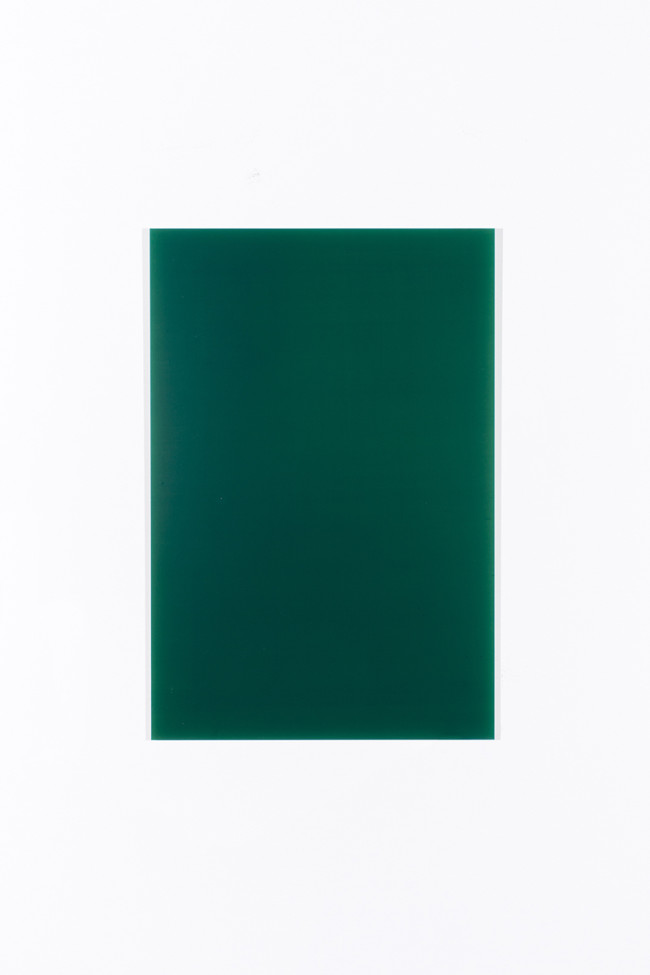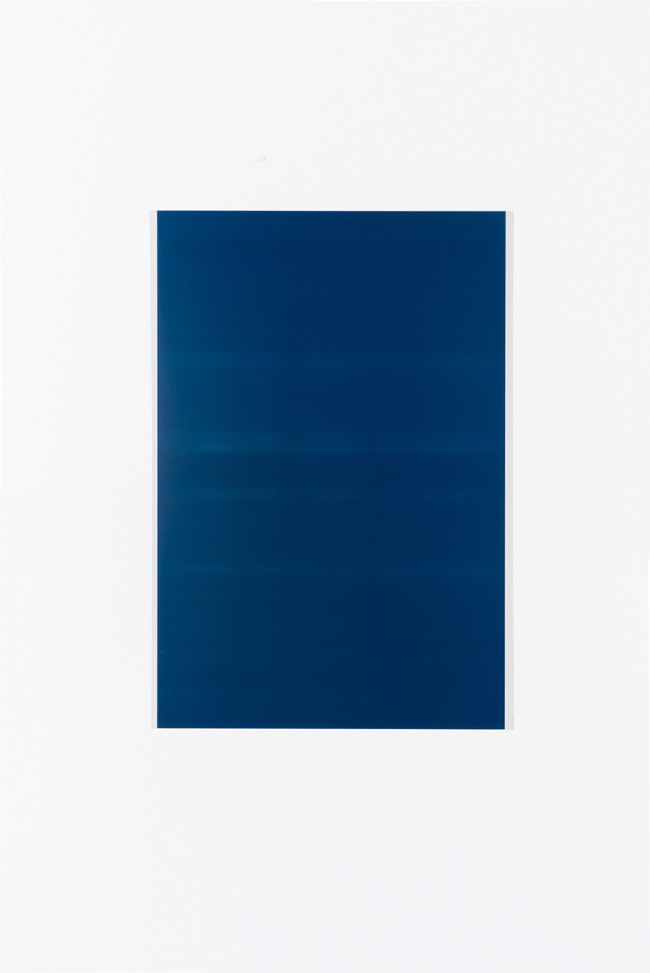NOWs: Life Is a Staircase by Matthias Sohr
Opening Reception: Thursday 6 October, 5 – 7.30pm
The Korean Cultural Centre UK (KCCUK) in London presents Riptide, a new exhibition from their 2016 ‘Artist of the Year’, Koo Jeong A. The artist presents 20 large-scale line drawings recontextualised from her book project Koo Jeong-A: R (2006). Transforming a solo exhibition into a dynamic collaborative project, Koo Jeong A invites a judicious selection of international artists to respond and exhibit alongside her existing works.
Participating artists include Kyung Roh Bannwart, Melissa Dubbin & Aaron S. Davidson, Yva Jung, Hanqing Ma & Mona Yoo, Martin Roth and Matthias Sohr.
The exhibition takes Koo Jeong A’s intricate drawing Civilising Process (2005) as its departure point, in which to explore topical issues concerning artistic practice and collaboration today. Published by Swiss Re, Koo Jeong A: R (2006) – made up of 1001 individual line drawings – refers to One Thousand and One Nights: the classic collection of Middle Eastern stories, folk tales, myths and legends dating from the 8th Century. Mirroring the process of storytelling – by nature spontaneous, responsive and heterogeneous – the artists respond to Koo Jeong A’s Civilising Process with site-specific installations, as well as existing works refigured within the space. Each response unearths alternative narratives within Koo Jeong A’s drawing, including Martin Roth’s untitled (persian rugs) installation, which sees a number of Persian rugs brought to life with the cultivation of grass. Through the work’s sensual qualities – the damp smell and the ever growing grass – Roth questions the complexities of documentation, and explores how we obtain, translate and communicate narratives from cultural objects. Reflecting on the global nature of the participating artists, Riptide describes the various clusters of opposing energies which meet to form the exhibition.
Installation details by Matthias Sohr:

Matthias Sohr: Life Is a Staircase, 2016 (installation detail). Photo Julien Gremaud

Matthias Sohr: Life Is a Staircase, 2016 (installation detail). Photo Julien Gremaud
Life Is a Staircase (2016)
Solder resist mask on copper, epoxy resin and glass fibre, platform lift
In Life Is a Staircase, Matthias Sohr tries to gain access to a very material effect of Koo Jeong A’s drawings, notably to the colour of the fountain pen she made use of. Blue is the point of departure of Sohr’s series of monochromes industrially made from printed circuit board, a composite material that is at the core of each and every electronic device that surrounds us, no matter if big or small.